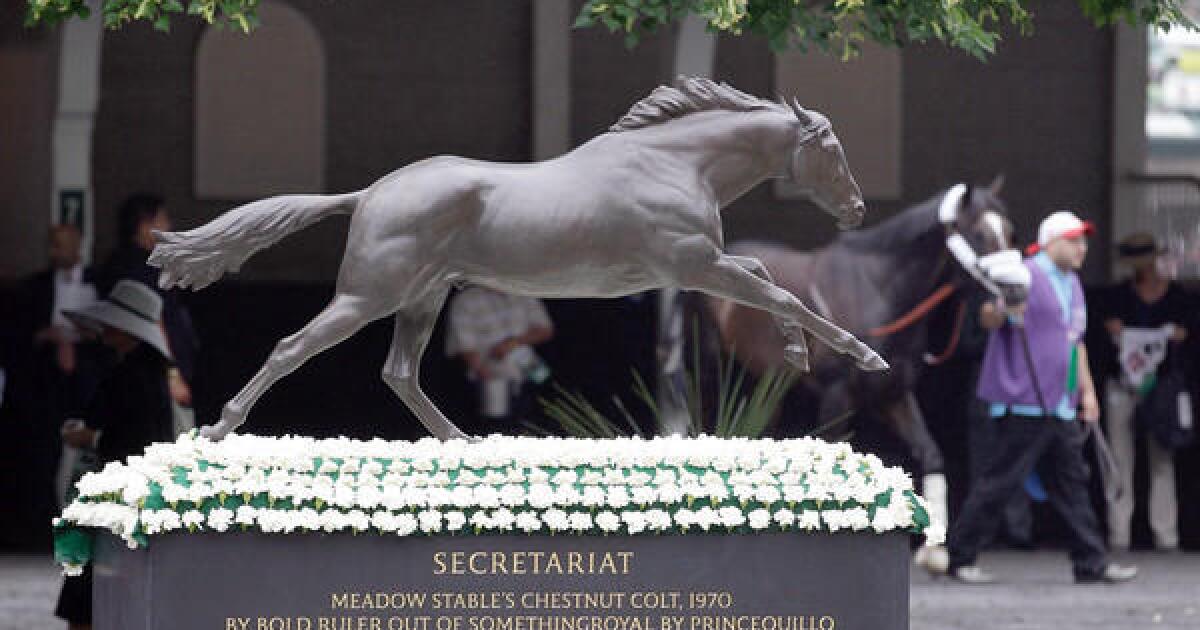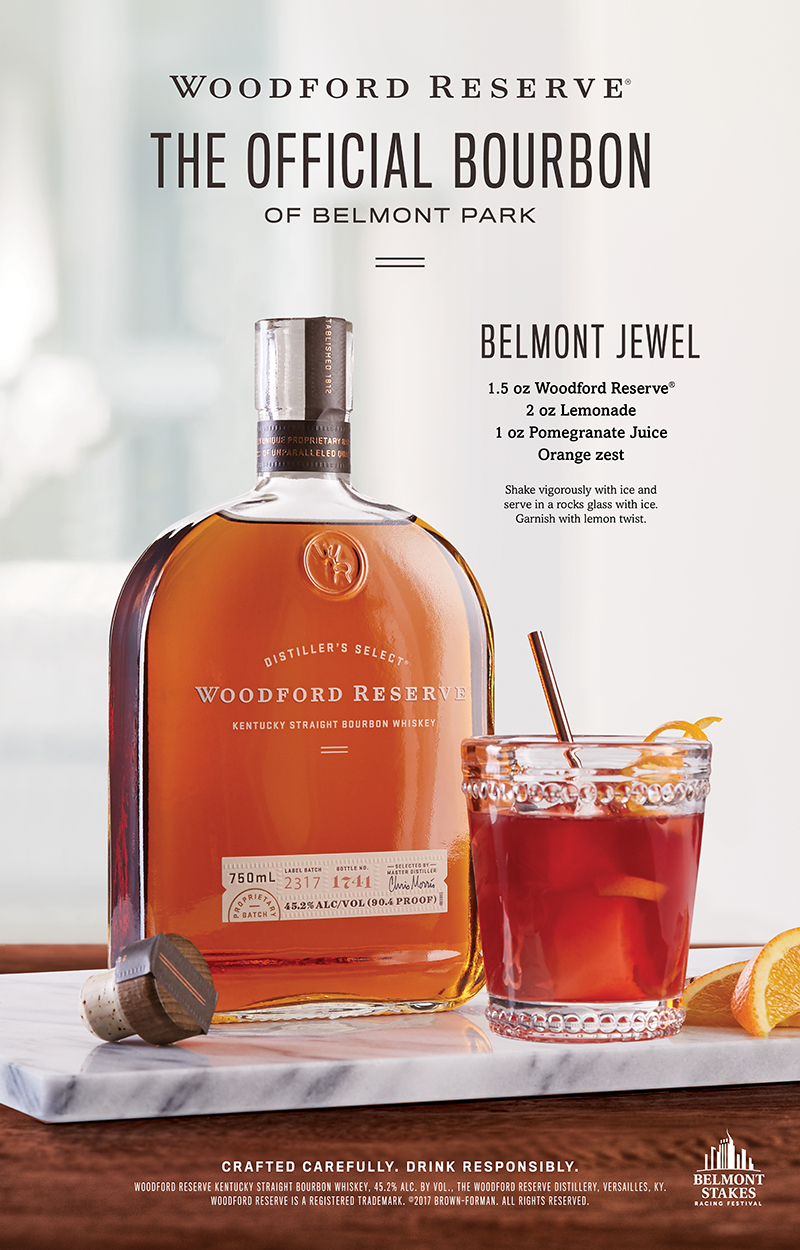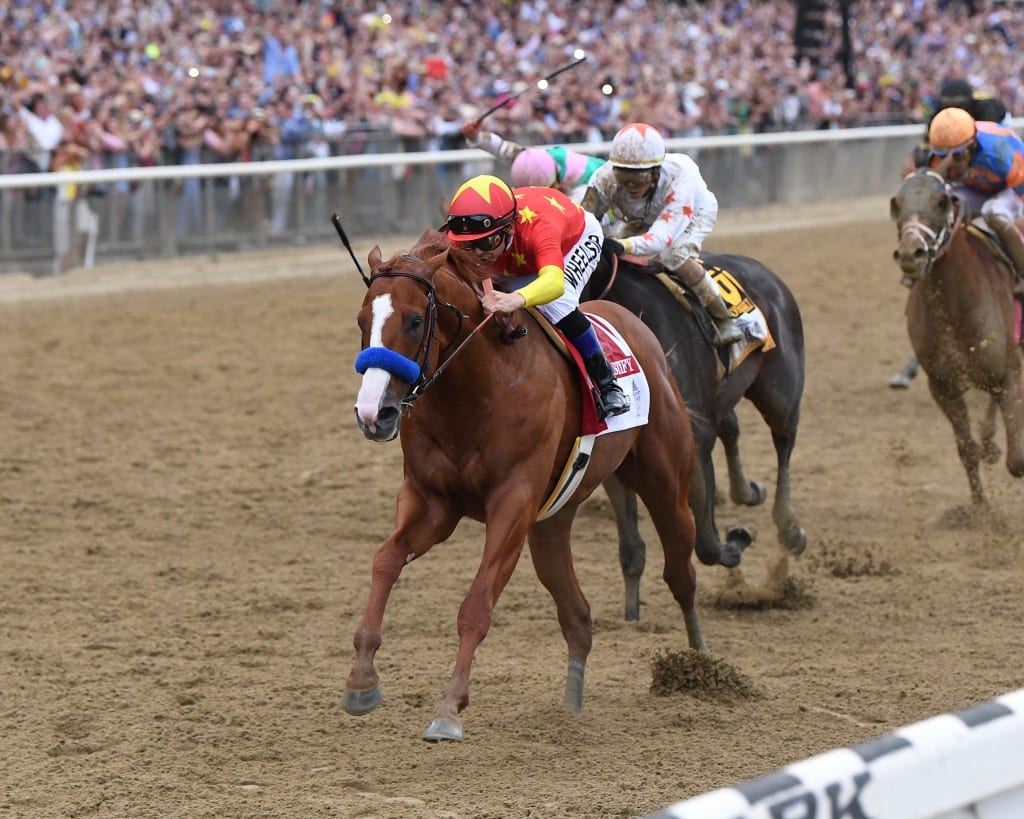Belmont Stakes Traditions
Posted By admin On 13/04/22Saturday's 12-race Belmont Stakes Day card, featuring six graded stakes and highlighted by Tiz the Law's victory in the 152nd running of the Grade 1, $1 million Belmont Stakes, generated all-sources handle of $67,753,336. Justify wins the Triple Crown. How to bet on the 2020 Belmont Stakes online. In-depth horse racing guide covering Belmont Stakes odds, bet types, favorites and best online betting sites.
MAINSports Horse Racing Belmont Stakes
The Belmont Sweepstakes
Triple Crown Winners Belmont Stakes Trivia
Triple Crown |
The third leg of the racing world's famed Triple Crown is the Belmont - run in Belmont Park in Elmont, NY. The race course is 1 1/2-mile, 12 furlongs, and is a sand track.

The field of three year old champions compete for a place in history and there is no handicap... the best horse will win.
The Kentucky Derby in Churchill Downs and the Preakness in Pimlico, Maryland are steeped in strong southern tradition, but the Belmont is a true New York affair where formality is not an issue. There are no fashions except for the hats that the fans wear.
The Belmont may not be the most tradition bound of the races, but it is the oldest. The first running of the Belmont Stakes in 1867 took place six years before the Preakness and a full eight years before the first Kentucky Derby was run. In fact, the Belmont is the oldest, continuously run, race in North America. On June 19, 1867 at Jerome Park race course in the Bronx, NY, a filly named Ruthless won the purse of $1800. The current Belmont track, the largest race track in the United States, opened in 1905.
Although most racing fans might not be aware of the history and traditions of the Belmont, they do exist... and they include much more than the traffic getting there and the long lines for refreshments.
The refreshments include the official drink of the Belmont - the Belmont Breeze. The cocktail was created by Dale DeGroff, head bartender at Manhattan's Rainbow Room which was part of the Windows on the World restaurant in the World Trade Center. The cocktail is based on an old, Colonial recipe for whiskey punch. The White Carnation used to be the official drink, but in 1997 marketing plans at the track demanded a new, younger image, and the old drink just didn't fit. That's when the Belmont Breeze was introduced in 1998. Despite the best marketing efforts, most of the crowd still sticks to the traditional beer and an occasional Long Island Iced Tea. There's also the 155 Belmont, if none of the others suit your palate.
Until 1997, the official theme song of the race was 'Sidewalks of New York'. The following year, officials decided that the song made famous by Frank Sinatra, 'New York, New York,' would be more familiar to a larger audience. Today, as the post parade begins it is the strains of Sinatra that set the stage for the oldest race in the Triple Crown set. The tradition of the post parade began at the 1890 Belmont Stakes. Before that, horses were taken directly from the paddock area to the starting post before the race.
Another long standing tradition has been lost to the changes of modern life. Every year after the Belmont was run, a local pub near the track, Esposito's Tavern, painted its picket fence to match the winner's colors. When the local tavern became a church, the tradition was abandoned. Locals don't expect it to be revived anytime soon!


During the 1997 face lift, the Belmont acquired a new tradition. In the area where the horses are saddled, the stand-ease area, track officials added a set of cast iron horses about 4 feet high with iron jockeys. After the race is run, the jockey is painted with the colors of the winning horse. When the horse who wins the Belmont is a Triple Crown winner, the cast iron horse is moved to a permanent position in the triple crown ring.
There are Belmont traditions that have lasted through the years. None match the age of the giant white pine in the paddock, which is is 300 years old. This tree is the basis for the Belmont track logo. The Winners Photo Gallery, on the 2nd floor of the Belmont clubhouse in the Belmont Room, boasts the photo finishes of past Belmont victors dating back to 1912. The night before every Belmont, the previous year's winner is honored at a trainer's banquet. The Belmont Charity Ball held at Meadowbrook Country Club is the climax of pre-Belmont celebrations. A new tradition, the Belmont Festival at Garden City, started in 2004.


The traditional blanket of between 300 and 400 white carnations that drapes the champion in the winners circle takes 10 man hours to put together. The flowers are shipped in from either California or Bogota, Colombia. The name, 'The Run for the Carnations,' comes from this tradition. The Kentucky Derby is the 'Run for the Roses,' the Preakness is the 'Race for the Black Eyed Susans.' The Belmont Stakes is also known as 'the Test of Champions' - pass it and you win the Triple Crown...
The traditional trophy, the Belmont silver bowl is presented in the winner's circle as the blanket of carnations is placed on the horse. The Tiffany-made, covered, silver bowl donated by the Belmont family stands 18 inches high, 15 inches across, and 14 inches at the base. The bowl celebrates the heritage and history of the race. The cover shows a silver figure of Fenian, who won the third Belmont Sweepstakes in 1869. The bowl is supported by three horses. These represent Matchen, 1748, Herod, 1758 and Eclipse, 1764. In order to be considered a thoroughbred, a horse must be able to trace it's lineage back to one of these three sires.
1919- Sir Barton
1930- Gallant Fox
1935- Omaha
1937- War Admiral
1941- Whirlaway
1943- Count Fleet
1946- Assault
1948- Citation
1973- Secretariat
1977- Seattle Slew
1978- Affirmed
2015- American Pharoah
2017- Justify
Belmont Stakes Length
Sir Barton's victories in the 1919 Kentucky Derby, Preakness and Belmont Stakes started the Triple Crown tradition, but it wasn't until 1930 that the name Triple Crown was used. Charles Hatton, writing for the Daily Racing Form, coined the phrase in writing about Gallant Fox's victories in the three races.
Belmont stakes trivia & fun facts
Two jockeys won the race six times: James McLaughlin and Eddie Acaro
Two jockeys wore the white carnations five times: Earle Sande and Bill ('Willie') Shoemaker
Julie Krone was the first woman to capture the Triple Crown with her win at the 1993 Belmont Stakes aboard Colonial Affair.
Man o'War ran his first race at the Belmont on June 6th, 1919 - and won.
The largest crowd was 85,818 in 1999 - Breaking the previous record of 82,694 in 1971.
The 2:24 record time for the race is held by Secretariat.
Count Fleet won the race by 25 lengths in 1943 - a record that held until Secretariat's 1973 victory. While setting the record time, he came in 31 lengths ahead of the second place finisher.
The closest race was in 1978 with the famous rivalry between Alydar and Affirmed. Spectators held their breath during a long stretch run in which the horses were head to head. Affirmed took the Belmont - and the Triple Crown - by only a neck.
Leonard W. Jerome was a partner of August Belmont. They helped found the American Jockey Club and were the men behind the first running of the Belmont Stakes. Jerome's daughter, Jennie, was the mother of Winston Churchill.
Gallant Fox (1930) sired Omaha (1935) and is the only Triple Crown champion to sire a Triple Crown winner.
The 1977 win by Seattle Slew followed by Affirmed taking the honor in 1978 marked the only time that there has been a Triple Crown winner in two consecutive years.
Notable horses who have won the first two legs of the Triple Crown only to fail or drop out of the running at Belmont include Tim Tam (1958), Carry Back (1961), Majestic Prince (1969), Spectacular Bid (1979), Silver Charm (1997), Real Quiet (1998), Charismatic (1999), War Emblem (2002), Smarty Jones (2004) and I'll Have Another (2012).
Belmont Stakes Food Traditions
More about the Belmont around the Web: